Flavor and taste characteristics of Brazilian coffee moderate baking nutty flavor Brazilian Queen Manor Coffee beans how to flush by hand
Professional coffee knowledge exchange more coffee bean information please follow the coffee workshop (Wechat official account cafe_style)
Coffee is as important to Brazil as tea is to us. Located in the South American continent, Brazil produces about 30% of the country's coffee every year, making it the number one coffee in the world. The taste of Brazilian coffee is mainly characterized by low acidity, nutty flavor, balanced flavor and moderate thickness. Like this Brazilian red fruit coffee in the front street rations bean series, it has a rich flavor of nuts, chocolate and cream.
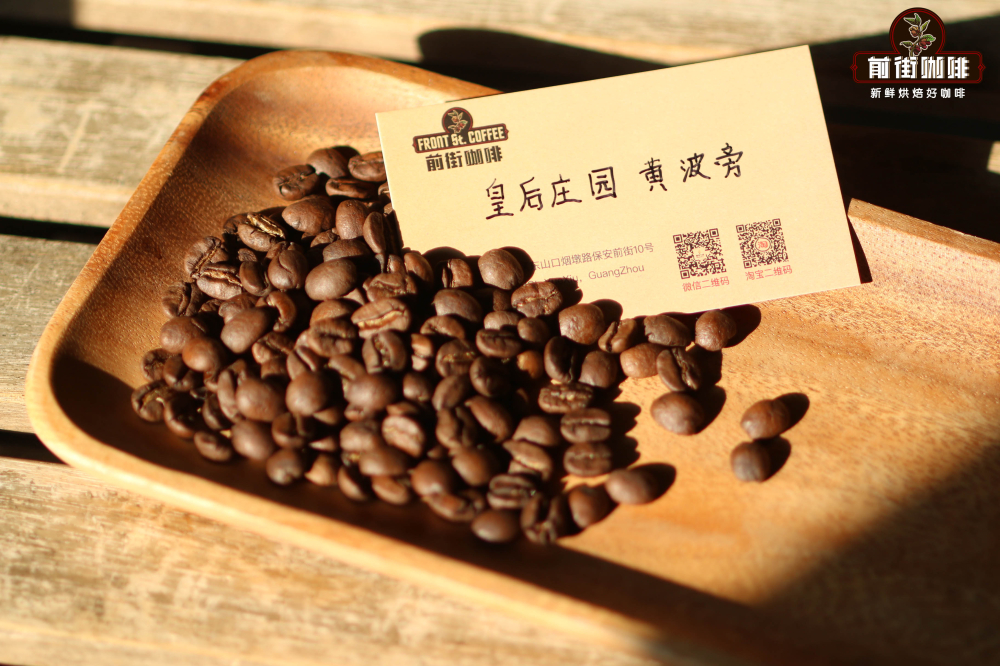
We know that Brazil has long been a Portuguese colony, so coffee has been grown as a single crop for a long time to meet the needs of Western Europe, so coffee can be regarded as a pillar industry of the Brazilian economy. Prior to this, the Brazilian government attached great importance to the coffee industry and had been strictly monitoring Brazilian coffee, which was intervened with price protection measures to avoid coffee overproduction. After the opening of the free market, the Brazilian Association adopted the opposite policy towards coffee producing areas, even if it pursued a policy of non-intervention, allowing producers and exporters to negotiate directly.
Brazilian coffee was introduced from French Guiya in 1729. The varieties grown in Brazil include both Arabica coffee and Robusta coffee. Brazilian coffee beans are favored for their excellent quality, rich aroma and mellow taste. At present, Brazil mainly grows the main varieties of red bourbon, yellow bourbon, New World and Kaduai. Huang Kaduai, a hybrid of New World Mundo and Kaddura, was first bred by the Agricultural Research Institute in Brazil. Both Huangkaduai and Red Kaduai have very high disease resistance and are suitable for planting at high elevations. Both varieties have a delicate and clean sour taste.
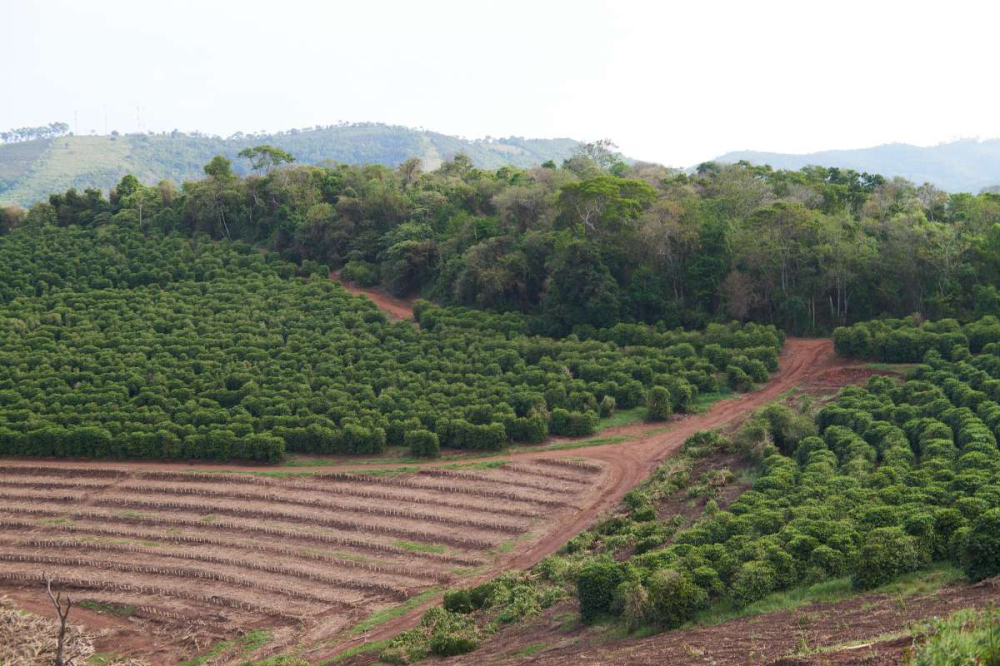
These other varieties are often mentioned in other articles on Qianjie, but the New World may be less known. In fact, New World Mundo Novo is a natural hybrid of bourbon and iron pickup. It was first discovered in Sao Paulo, Brazil in 1943, that it was first planted in New World City, which is now Uropez.
The production of coffee beans in Brazil is very high, and its main coffee growing areas are Minas Gerais MinasGerais, Sao Paulo Sao Paulo, Bahia Bahia and Esp í rito Santo Espirito Santo. These four places account for 90% of Brazil's national output. Morgiana is from S ã o Paulo. Syrador and South Minas in Minas Gerais are located at high elevations, so most of the coffee in these two areas is fine coffee. The production of coffee beans in these regions determines the production of coffee beans in Brazil. Next, Qianjie will give you a brief introduction to the following three major coffee producing areas.
South Minas, it can become a boutique coffee producing area in large part because of the terrain and climate. It is above 1100 meters above sea level and its landform is changeable. The dry and wet season is obvious, the temperature difference between day and night is large, and the microclimate is diverse, so it is very suitable for planting bourbon and yellow bourbon varieties.
Shenmu Manor is located in the South Minas area, this manor only uses organic matter to provide plant nutrition to maintain the vitality of the land itself. Shenmu Manor's coffee is completely different from the general large Brazilian manor, does not use machines instead of manpower, from coffee pulp harvesting to processing. It was done entirely by hand.
In the Hirado region, the most famous is that there is a Sierra Prairie, where coffee trees are planted, and the coffee produced there is called Syrador Coffee. But it is not the coffee produced on the Hiladow prairie that can be called Syrador coffee. According to Qianjie, only coffee at an altitude of 1100-1300 meters above sea level is eligible. Qianjie thinks that the coffee in this producing area has a mellow flavor and no fishy smell.
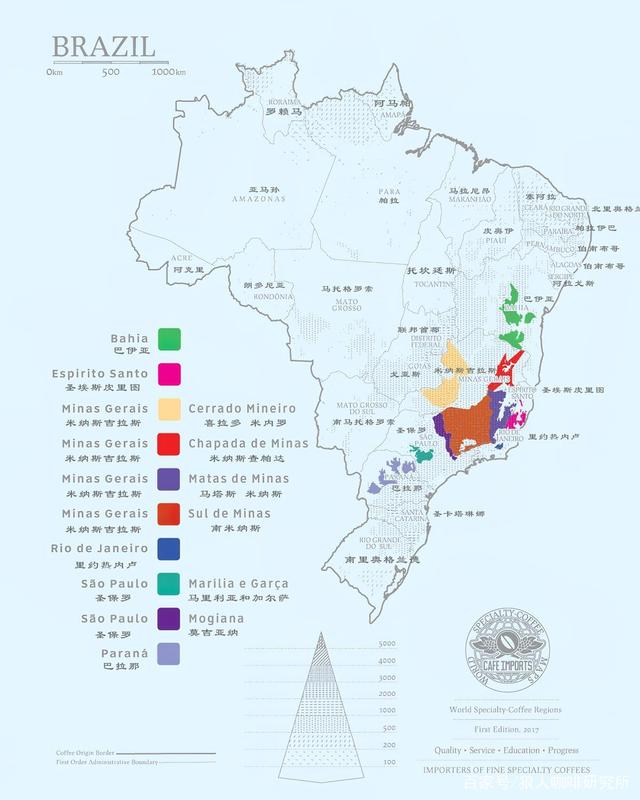
The White Grass Manor, a century-old coffee farm in Brazil, is located in the Sheilado producing area. It is a coffee-producing region in Brazil that has won the status of origin, making its famous wine region similar. Baicao Manor has excellent volcanic soil, balanced dry and wet season climate, high altitude topography, sufficient Rain Water and sunshine.
Morgiana is closer to the south of Minas. The quality of coffee beans in this area is also very good, and Qianjie believes that in addition to the terrain and climate, it may also have something to do with the business model they use. It not only adopts the traditional large-scale farm management model, but also adopts the operation mode of small-scale modernization. High-tech planting equipment makes the coffee beans in the region more sweet and as sweet as sugar.
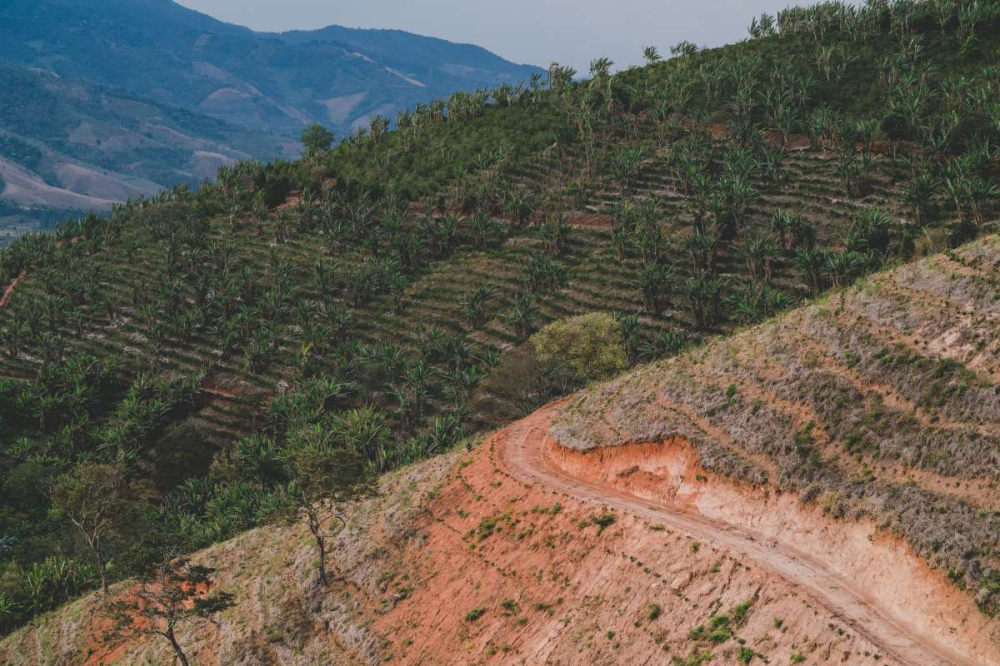
The famous Brazilian Queen's Manor is located in this producing area, the terrain of the Queen's Manor is relatively high, when the environmental protection is very good, it is mainly used to harvest the Brazilian Queen's coffee fruit by hand, and plant low-yield and high-quality bourbon seeds. As the essence of Brazilian high-quality coffee manor, the quality of Brazilian Queen's Manor coffee beans has been unanimously praised.
Qianjie also learned that the way Brazil drinks coffee is very different. Brazilians use a very small coffee cup to hold very hot coffee. They like to add a lot of sugar to the coffee to improve the sweetness and flavor of the coffee. Brazilians also like to combine coffee with wine. Puz Coffee, for example, is a popular cocktail among Brazilians. It has the flavor of tropical fruit and the unique flavor of Brazilian coffee.
Brazilian coffee taste, with a low sour taste, and the coffee itself sweet and bitter taste, the entrance is very smooth, with a hint of grass aroma. In fact, Qianjie thinks that this Brazilian coffee flavor only has the flavor that ordinary coffee should have, and there is nothing particularly outstanding. However, Volkswagen coffee also has a large market, because Brazilian coffee can meet the majority of public coffee demand, which makes Brazilian coffee production is very large.
There is another special feature of Brazilian coffee, that is, it creates an original half-sun method. Qianjie access to data found that Brazil's coffee tree planting topography is mainly two kinds of topography, one is more than 200 meters above sea level in the Brazilian plateau, the other is 200 meters to the Brazilian plain. Coupled with the low altitude and plenty of sunshine, the coffee trees planted are generally exposed directly to the air. Qianjie believes that this kind of exposure plays an important role in the formation of Brazil's unique flavor.
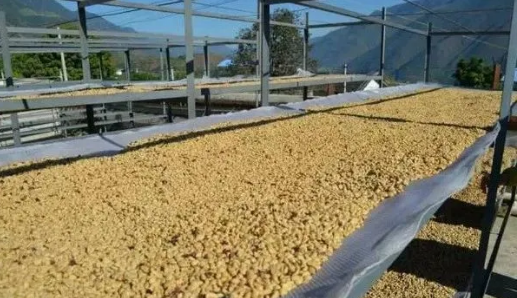
Half-sun is not always used in Brazil. At the beginning, because of the wide variety of coffee in Brazil, it was classified according to the name of the state of origin and the port of transport, but due to the scattered origin and uneven quality, the grading system in Brazil was more complex than that in other countries. At first, Brazil basically used sun treatment. As we all know, the climate in Brazil is relatively dry, so it is reasonable to use sun treatment, but the sun treatment is relatively rough, which can easily cause Brazilian beans to catch the smell of rotten wood and encounter rainy days. Also have to take the risk of coffee beans moldy, more passive. So Brazil created an original treatment called half-sun. This treatment greatly shortens the duration of the sun. Now, you will follow the front street to get a general idea of the basic process of the following half-sun treatment.
First of all, remove the peel and pulp of the coffee berry, the ripe pulp will be easy to remove, and the immature green fruit peel is not easy to deal with, so the second screening will be carried out to unify the maturity of the coffee fruit. Half-sun treatment can control the degree of pectin fermentation after peeling and meat removal. Traditionally, the degree of fermentation of pectin cannot be seen. Half-sun treatment has no pool treatment of "pool fermentation, water washing" process, without the step of fermentation, the flavor of coffee beans is completely different. This treatment is more recognized in Qianjie than in the sun, and the selected coffee beans can greatly improve their cleanliness and maturity. Like the Brazilian Queen Manor in front of the street, it adopts this kind of half-sun treatment. Qianjie also tested Brazilian coffee beans from different producing areas, and it was agreed that Brazilian coffee beans were sour, nutty and mellow.
Here we have a brief understanding of some beans from Brazil in front of the street.
1. Qianjie coffee Brazilian red fruit coffee beans
Origin: Syrador
Variety: red bourbon
Altitude: 700m-1200 m
Treatment method: semi-washing
Flavor: high sweetness, clean, supple, low acidity, tropical fruit aroma.
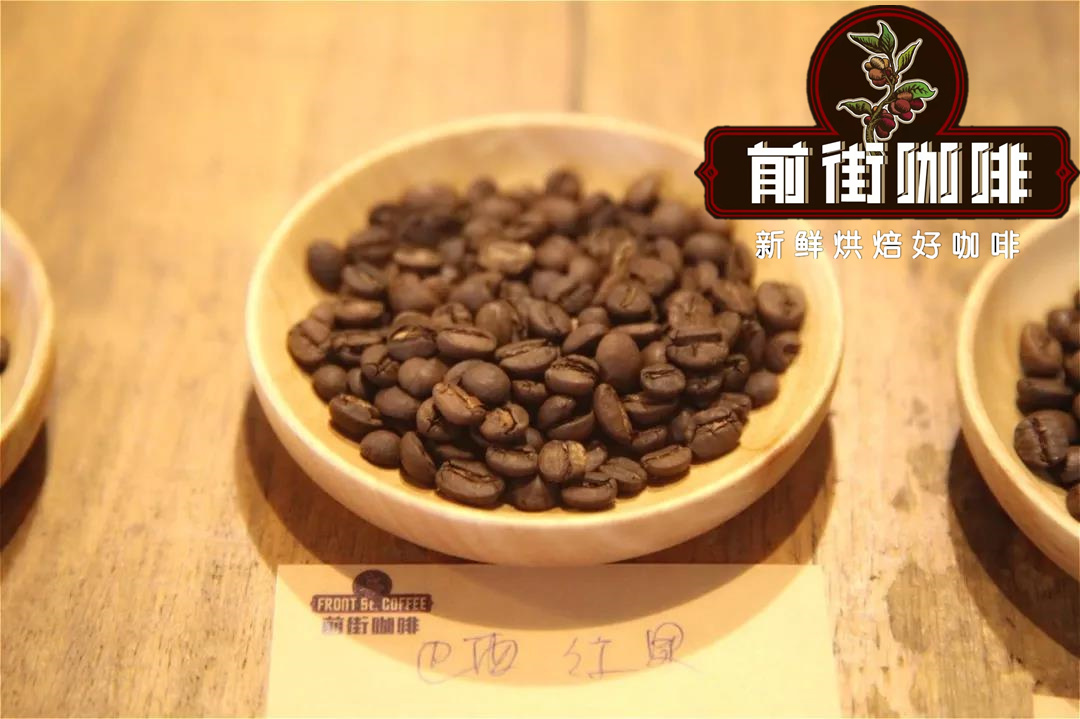
2 Qianjie coffee queen manor yellow bourbon coffee beans
Producing area: Morgiana, Sao Paulo State
Altitude: 1400-1950 m
Variety: yellow bourbon
Treatment: after manual picking, half-sun treatment is carried out.
Flavor description: the taste has obvious sweetness, with a hint of lemon aroma, with a strong nutty flavor, the latter part has an obvious dark chocolate flavor, the overall feeling is more round.

How can Brazilian coffee beans taste good? the front street takes this yellow bourbon coffee bean from Queen's Manor as a demonstration. It is one of the more popular coffee beans in the front street bean list. The moderate roasting of this coffee bean in the front street highlights the sugar sweetness of the coffee. If you want to taste a better coffee flavor, Qianjie recommends using freshly roasted coffee beans for brewing. In general, the flavor is best about the 7th day after freshly roasted. Friends who often buy coffee beans in front street know that the coffee beans sent out in front street are roasted within 5 days, which, coupled with the logistics time, can basically ensure that the coffee in the hands of customers can be kept in the best condition.
For hand-flushing parameters, 15g coffee powder is recommended in Qianjie, the ratio of powder to water at 1:15, the degree of grinding is medium-coarse grinding, the passing rate of No. 20 screen is 75%, and the water temperature is 88 degrees.
Three-stage water injection is used in brewing technique. The first stage was injected with 30ml for 80 seconds, the second stage was injected with 100ml around a small circle, and the third stage was injected with 95ml when the water surface dropped and the powder layer was about to be exposed. The extraction time was 2 minutes.
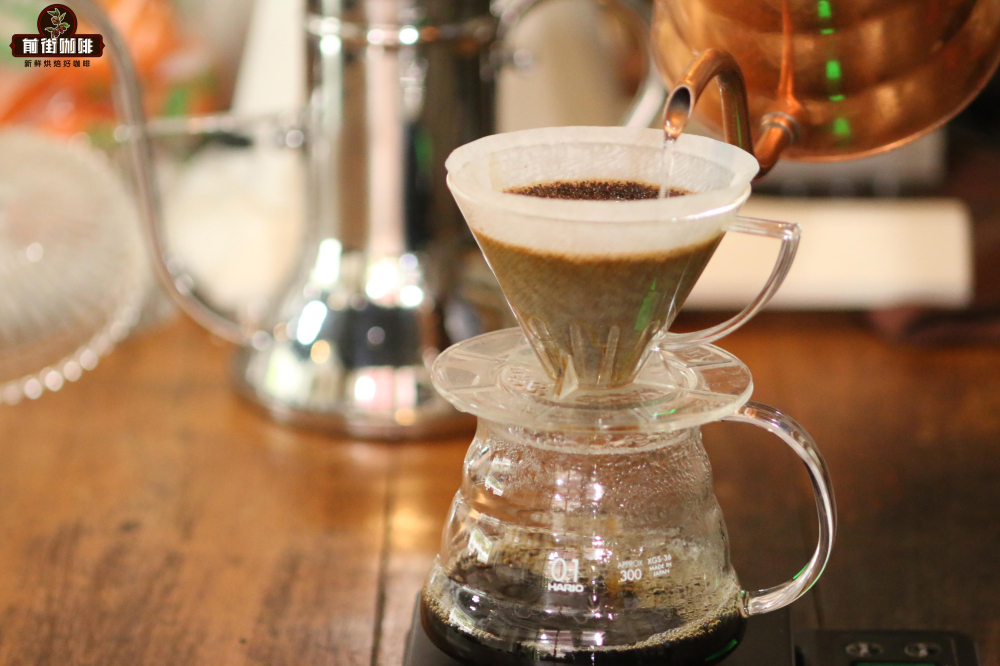
For more boutique coffee beans, please add private Qianjie coffee on Wechat. WeChat account: kaixinguoguo0925
Important Notice :
前街咖啡 FrontStreet Coffee has moved to new addredd:
FrontStreet Coffee Address: 315,Donghua East Road,GuangZhou
Tel:020 38364473
- Prev
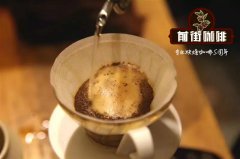
Introduction to the Flavor of Brazilian Coffee
Brazilian coffee suits the taste of the public. For example, coffee produced in the northern coastal areas has a typical iodine taste, reminiscent of the sea after drinking. This coffee is exported to North America, the Middle East and Eastern Europe. Another kind of coffee that is interesting and worth looking for is washed Bahia. This kind of coffee is not easy to find because Brazil is the largest in the world after the United States.
- Next
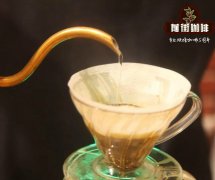
The story of the Hartman family manor can be said to be a rather long history of European immigration.
Professional coffee knowledge exchange more coffee bean information please follow the coffee workshop (Wechat official account cafe_style) the story of the Hartman family in Panama can be said to be a long history of European immigration. Alois Strasil Hartmann was born in the then Austria-Hungary Empire, that is, the present-day Czech Republic, and then decided to go abroad to launch a new project due to the unstable national political situation.
Related
- Detailed explanation of Jadeite planting Land in Panamanian Jadeite Manor introduction to the grading system of Jadeite competitive bidding, Red bid, Green bid and Rose Summer
- Story of Coffee planting in Brenka region of Costa Rica Stonehenge Manor anaerobic heavy honey treatment of flavor mouth
- What's on the barrel of Blue Mountain Coffee beans?
- Can American coffee also pull flowers? How to use hot American style to pull out a good-looking pattern?
- Can you make a cold extract with coffee beans? What is the right proportion for cold-extracted coffee formula?
- Indonesian PWN Gold Mandrine Coffee Origin Features Flavor How to Chong? Mandolin coffee is American.
- A brief introduction to the flavor characteristics of Brazilian yellow bourbon coffee beans
- What is the effect of different water quality on the flavor of cold-extracted coffee? What kind of water is best for brewing coffee?
- Why do you think of Rose Summer whenever you mention Panamanian coffee?
- Introduction to the characteristics of authentic blue mountain coffee bean producing areas? What is the CIB Coffee Authority in Jamaica?

